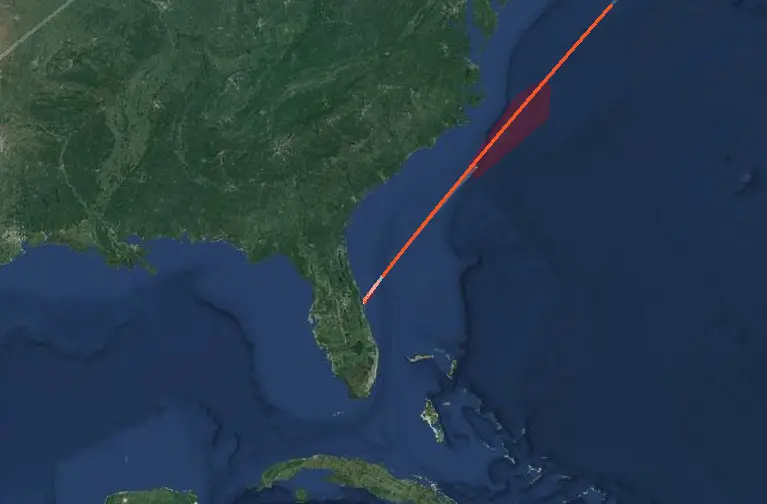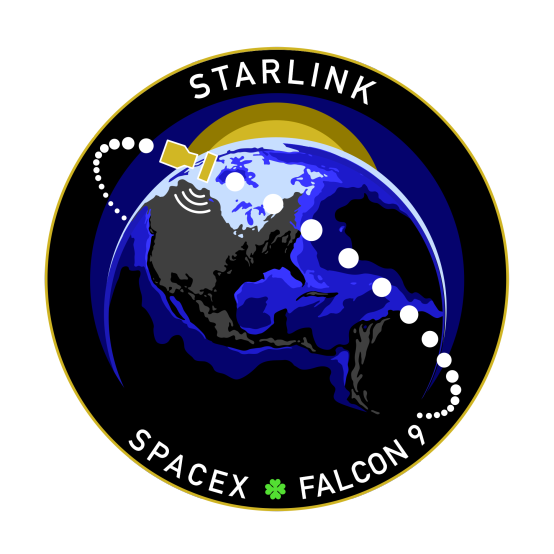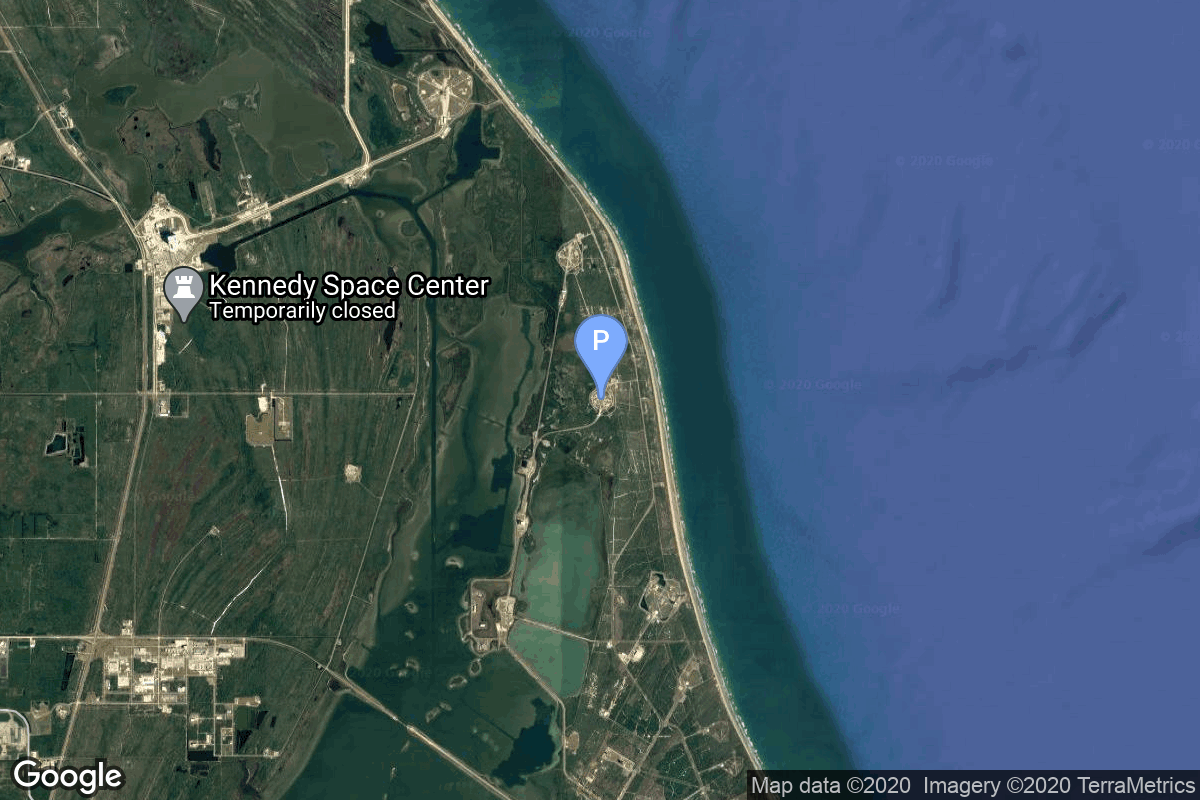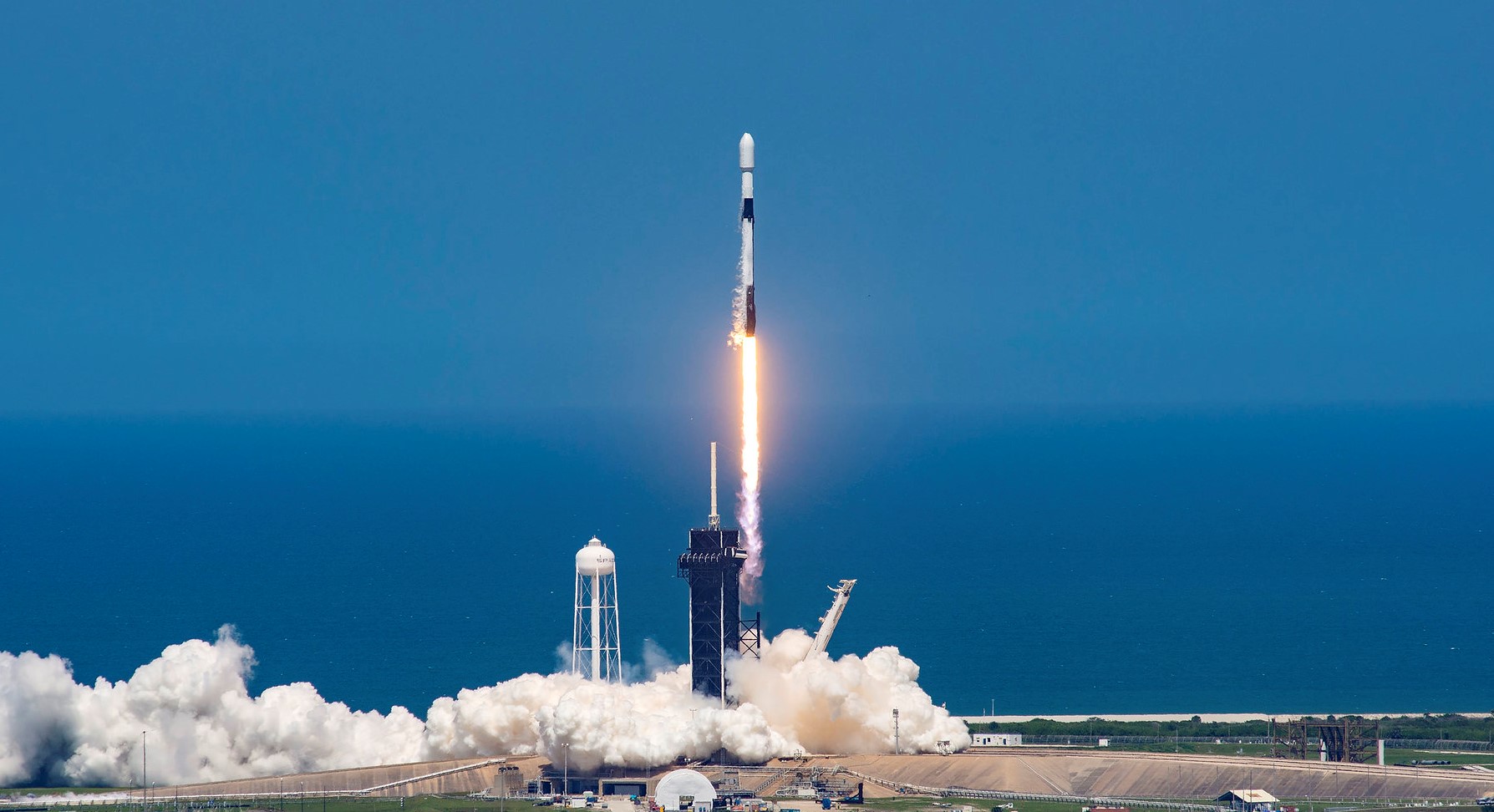Starlink Group 10-56
Falcon 9 Block 5
SpaceX
Rocket Launch Live Video Stream
We’re thrilled to announce the launch of our brand new Rocket Launch Live Video Stream! While we’ve worked hard to deliver a seamless viewing experience, please be aware that you might encounter some minor glitches or unexpected behavior as we fine-tune everything. Your participation is incredibly valuable as we refine this new feature, so please join us to watch the launch together and help us make this stream the best it can be!
Rocket Launch Videos
Weather Forecast During Launch
The forecast calls for a temperature of 76°F, clear skies, 0% cloud cover and a wind speed of 2mph.
Trajectory
View comprehensive details including the rocket's trajectory, velocity, altitude, thrust, and more at FlightClub.io.
Rocket Launch Timeline
Enhance your rocket launch experience with a detailed timeline! From pre-launch preparations to post-launch milestones, a well-structured schedule ensures every step—payload prep, safety checks, and liftoff—runs smoothly. Stay informed and follow the action with precision.
| T- 00 : 38 : 00 | GO for Prop Load Launch director verifies go for propellant load |
| T- 00 : 35 : 00 | Prop Load Start of propelland loading |
| T- 00 : 35 : 00 | Stage 1 LOX Load Start of liquid oxygen loading in the first stage |
| T- 00 : 16 : 00 | Stage 2 LOX Load Start of liquid oxygen loading in the second stage |
| T- 00 : 07 : 00 | Engine Chill Start of engine chilling |
| T- 00 : 01 : 00 | Tank Press Fuel tanks are pressurized to flight levels |
| T- 00 : 01 : 00 | Startup The onboard computer takes control over the countdown and runs last checks |
| T- 00 : 00 : 45 | GO for Launch Launch director verifies go for launch |
| T- 00 : 00 : 03 | Ignition Start of the engine ignition sequence |
| T+ 00 : 00 : 00 | Liftoff First upwards movement of the rocket |
| T+ 00 : 01 : 12 | Max-Q Maximum dynamic pressure |
| T+ 00 : 02 : 24 | MECO Cut-off of the main engine |
| T+ 00 : 02 : 28 | Stage 2 Separation Separation of the second stage from the first |
| T+ 00 : 02 : 35 | SES-1 First start of the second engine |
| T+ 00 : 02 : 55 | Fairing Separation Separation of the payload fairing |
| T+ 00 : 06 : 08 | Entry Burn Startup Start of the atmospheric entry burn |
| T+ 00 : 06 : 33 | Entry Burn Shutdown End of the atmospheric entry burn |
| T+ 00 : 07 : 59 | Stage 1 Landing Burn Start of the first stage landing burn |
| T+ 00 : 08 : 23 | Stage 1 Landing Landing of the first stage |
| T+ 00 : 08 : 37 | SECO-1 First cut-off of the second engine |
| T+ 00 : 54 : 33 | SES-2 Second start of the second engine |
| T+ 00 : 54 : 35 | SECO-2 Second cut-off of the second engine |
| T+ 01 : 03 : 55 | Starlink Deployment Deployment of the Starlink stack from the rocket |
Mission
Starlink Group 10-56
- Type: Communications
- Orbit: Low Earth Orbit
- Launch Cost: $52,000,000
Learn more about the Starlink mission
A batch of 28 satellites for the Starlink mega-constellation - SpaceX's project for space-based Internet communication system.
Location
Space Launch Complex 40
Cape Canaveral SFS, FL, USA
Find the best place to watch the launch from Florida
Space Launch Complex 40 has witnessed the launch of 343 rockets, including 343 orbital launch attempts. While Cape Canaveral SFS, FL, USA, has been the site for 1062 rocket launches.
Cape Canaveral Space Force Station (CCSFS) is an installation of the United States Space Force's Space Launch Delta 45, located on Cape Canaveral in Brevard County, Florida.
Rocket
SpaceX Falcon 9 Block 5
Falcon 9 is a two-stage rocket designed and manufactured by SpaceX for the reliable and safe transport of satellites and the Dragon spacecraft into orbit. The Block 5 variant is the fifth major interval aimed at improving upon the ability for rapid reusability.
Landing
Core B1095
The Falcon 9 1st stage B1095 has landed on ASDS JRTI after its 2nd flight. Booster B1095 last launched 10/16/2025 and has seen 3 successful launches and landings. Falcon 9 booster debuting on Starlink Group 12-15.
Just Read the Instructions - JRTI
Third (Marmac 303) ASDS barge, Just Read the Instructions (JRTI) is currently used to recover Falcon 9 and Heavy boosters in the Atlantic Ocean.
Autonomous Spaceport Drone Ship - ASDS
An autonomous spaceport drone ship (ASDS) is an ocean-going vessel derived from a deck barge, outfitted with station-keeping engines and a large landing platform. Construction of such ships was commissioned by aerospace company SpaceX to allow for recovery of rocket first-stages at sea for high-velocity missions which do not carry enough fuel to return to the launch site after lofting spacecraft onto an orbital trajectory.
Agency
SpaceX
Space Exploration Technologies Corp., known as SpaceX, is an American aerospace manufacturer and space transport services company headquartered in Hawthorne, California. It was founded in 2002 by entrepreneur Elon Musk with the goal of reducing space transportation costs and enabling the colonization of Mars. SpaceX operates from many pads, on the East Coast of the US they operate from SLC-40 at Cape Canaveral Space Force Station and historic LC-39A at Kennedy Space Center. They also operate from SLC-4E at Vandenberg Space Force Base, California, usually for polar launches. Another launch site is being developed at Boca Chica, Texas.





In the future, can you have at least a good portion of your flights from Florida up the east coast take place when it’s dark outside? That way we can see it. Ideally right street out gets dark or right before the sun comes up. Win-win. People win because they… Read more »
We have an article about how launch times are selected: https://www.spacelaunchschedule.com/news/how-are-rocket-launch-dates-and-times-determined/